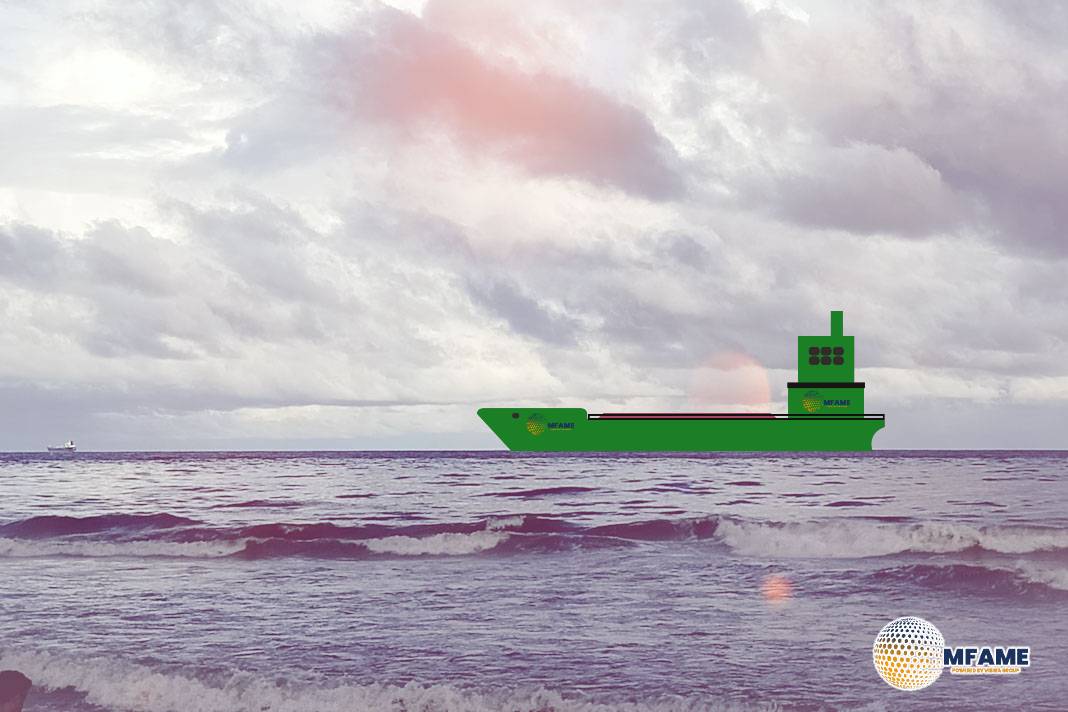- Capesize earnings at $23,000/day, Kamsarmax $15,500/day.
- Japanese-built ships command $5–6m premium over Chinese units.
- Feeder vessel charter rates hold firm despite boxship corrections.
The global maritime Sale and Purchase (S&P) market in 2025 is being influenced by a mix of policy changes, fluctuations in freight rates, and adjustments in how risks are priced. Tariffs, shifts in liquidity, and regulatory pressures are reshaping the flow of capital into shipping, with the origins of vessels and compliance now holding as much weight as freight earnings, reports Break Wave Advisors.
Tariffs and Their Impact on Vessel Values
The introduction of tariffs on ships built in China, which will take full effect in October 2025, has thrown a wrench into shipbuilding economics by increasing costs for vessels docking at U.S. ports. This has diminished the cost advantage that Chinese tonnage used to enjoy and has widened the price gap with Japanese-built ships. The Provenance Premium Spread has reached unprecedented levels. While Chinese bulkers used to trade at a 10–15% discount, by 2025, that gap has expanded to 30–40% for certain Handy and Supramax units.
For instance, a 10-year-old Chinese-built Supramax is currently valued between $14.5 and $15.5 million, whereas a Japanese counterpart is priced between $19.5 and $20.5 million. The liquidity situation has also diverged significantly. Nearly 65% of Japanese-built sales were finalized within 60 days in Q2, while less than 20% of Chinese-built units found buyers in the same period. Many Chinese vessels, particularly those with lower fuel efficiency, have been sitting on the market for 90–120 days, highlighting a long-term penalty reflected in asset pricing.
Volumes of S&P Transactions
In 2025, transaction volumes have mirrored the trends in freight earnings. The first quarter was relatively quiet due to low freight rates, but the looming tariff hikes sparked a rush in late Q1 and Q2. This surge in activity boosted demand for Japanese and Korean tonnage ahead of the October tariff deadline. In June alone, over 3.5 million deadweight tons changed hands, the highest monthly total of the year. Dry bulk S&P volumes increased by more than 20% year-on-year in the first half, driven by Handy and Supramax bulkers, while tanker volumes remained sluggish as the effects of earnings corrections from late 2024 continued to be felt.
Tanker Market Asset Values
The tanker market has seen a significant downturn since its peak. VLCC values have plummeted by almost 20% in under six months, largely due to a drop in benchmark earnings. While MRs, Aframax, and Suezmax vessels are facing tougher competition, VLCCs are still lagging behind and seem to be “waiting for a comeback.” On a brighter note, the Suezmax and Aframax markets are starting to show signs of recovery, thanks to an increase in ton-mile demand and changing trade patterns. Meanwhile, MR2 values took a hit but are now catching the eye of investors, particularly for 15-year-old units. Everyone’s keeping a close watch on the timing, as VLCCs are increasingly viewed as a counter-cyclical investment that could benefit once freight rates bounce back.
Gas Market Developments
In the gas market, things are looking quite different. The gas carrier market is divided between LNG and LPG. LNG rates are languishing at decade lows, with spot earnings dropping to a mere $15,000 per day in Q1 2025 due to oversupply and weak demand from Asia. As a result, LNG asset values have taken a hit, and most transactions are now limited to charter-backed vessels. On the flip side, the LPG market is thriving. VLGC earnings skyrocketed to over $65,000 per day in Q2, nearly three times the five-year average, driven by strong propane demand and solid trade flows between the U.S. and Asia. This surge has led to an increase in the value of older LPG units, while LNG assets continue to struggle. This contrast really underscores how crucial commodity fundamentals are in determining secondhand values.
Dry Bulk and Container Markets
The dry bulk market has seen a boost thanks to a rebound in freight rates during the second and third quarters. Currently, spot earnings are sitting at about $23,000 per day for Capesize vessels, $15,500 for Kamsarmax, $17,750 for Supramax, and $13,000 for Handysize. Interestingly, Japanese-built ships are fetching a premium of $5 to $6 million more than their Chinese counterparts of a similar age.
On the container side, long-term charter rates for feeder vessels are holding steady, even as larger boxships experience some corrections. Vintage feeders, particularly those over 15 years old, are appealing due to their low purchase prices and reliable income potential. Meanwhile, eco-friendly vessels with charter coverage are commanding impressive premiums. However, older ships that are exposed to tariff fluctuations are trading at significant discounts.
Newbuilding Market and Strategic Outlook
Orders in the first half of 2025 have dropped to below 12 million deadweight tons, which is less than half of what we saw in 2023. Dry bulk orders have plummeted by nearly 70% as ship owners prefer modern secondhand vessels over pricier new builds. With net fleet growth expected to be just 2.1% in 2025-26, this slowdown is helping to stabilize the market by curbing speculative capacity. While shipyards are still busy with older projects, new orders are primarily focused on gas carriers and specialized ships. This slower pace of new builds is helping to support secondhand values in resilient sectors like dry bulk and LPG.
Did you subscribe to our daily Newsletter?
It’s Free Click here to Subscribe!
Source: Break Wave Advisors
























